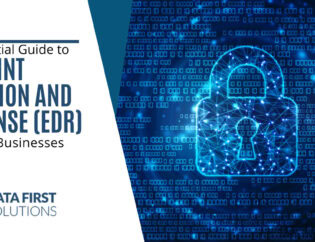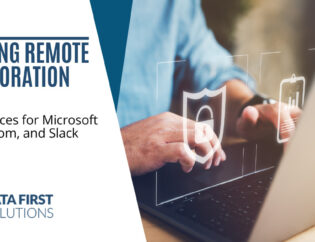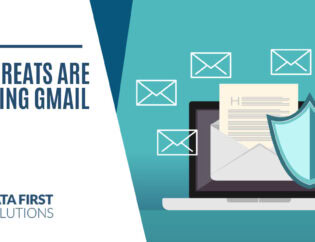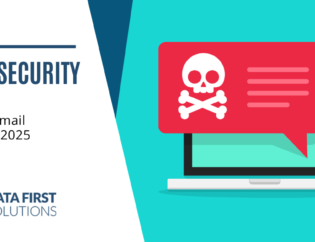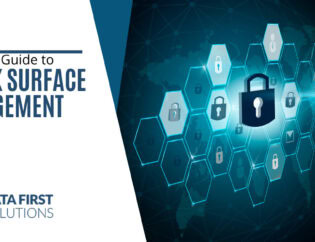
Understanding Zero Trust
The Evolution of Cybersecurity Paradigms
Zero Trust represents a departure from traditional perimeter-based security models, which operate under the assumption that everything inside a network can be trusted. Instead, Zero Trust assumes that threats could be present both inside and outside the network, requiring continuous verification and strict access controls.
Core Principles of Zero Trust
At its core, Zero Trust is built on the principles of least privilege access, micro-segmentation, and continuous authentication. By restricting access based on user identity, device posture, and other contextual factors, organizations can minimize the attack surface and mitigate the impact of security breaches.
Importance of Zero Trust in Modern Threat Landscape
With the proliferation of remote work, cloud adoption, and sophisticated cyber threats, traditional security measures are no longer sufficient to protect sensitive data. Zero Trust provides a proactive approach to security, allowing organizations to detect and respond to threats in real-time while maintaining business continuity.
Common Pitfalls in Zero Trust Deployment
Lack of Executive Buy-In and Alignment
One of the primary challenges in Zero Trust deployment is obtaining buy-in from executives and stakeholders. Without top-down support, initiatives may lack the necessary resources and authority to implement Zero Trust effectively. It’s essential to educate leadership on the benefits of Zero Trust and align security objectives with business goals.
Inadequate Planning and Assessment
Deploying Zero Trust requires a comprehensive understanding of the organization’s IT infrastructure, applications, and data flows. Rushing into implementation without proper planning can lead to misconfigurations, compatibility issues, and gaps in coverage. Conducting thorough assessments and risk analysis is critical to identifying potential pitfalls and designing an effective Zero Trust architecture.
Over-Reliance on Technology Solutions
While technology plays a vital role in Zero Trust implementation, relying solely on tools and products can be a pitfall. Investing in the latest security solutions without addressing process and cultural changes may result in inefficiencies and resistance from users. It’s essential to strike a balance between technology, people, and processes to achieve a holistic Zero Trust approach.
Neglecting User Experience and Productivity
Zero Trust should enhance security without sacrificing user experience or productivity. Overly restrictive policies and authentication mechanisms can frustrate employees and hinder collaboration. Organizations must prioritize usability and deploy user-friendly security solutions that seamlessly integrate with existing workflows.
Failure to Adapt and Evolve
Cyber threats are constantly evolving, requiring organizations to adapt their security strategies accordingly. A common pitfall in Zero Trust deployment is complacency and the assumption that once implemented, the strategy remains effective indefinitely. Continuous monitoring, threat intelligence, and periodic assessments are essential to maintaining the efficacy of Zero Trust measures.
Best Practices for Successful Zero Trust Deployment
Establishing a Cross-Functional Team
Forming a dedicated team comprising representatives from IT, security, compliance, and business units is essential for successful Zero Trust deployment. This interdisciplinary approach ensures alignment of objectives, fosters collaboration, and enables informed decision-making throughout the implementation process.
Conducting Comprehensive Risk Assessment
Prior to deploying Zero Trust, organizations should conduct a thorough risk assessment to identify potential threats, vulnerabilities, and compliance requirements. This assessment should encompass both technical and non-technical aspects of security, including user behavior, data sensitivity, and regulatory obligations.
Implementing Zero Trust in Phases
Zero Trust deployment should be phased to minimize disruption and allow for iterative improvements. Start with high-value assets and critical applications, gradually expanding coverage across the entire network. This phased approach enables organizations to address challenges incrementally and adapt to evolving threats.
Investing in User Education and Training
User awareness and education are critical components of a successful Zero Trust strategy. Provide comprehensive training on security best practices, phishing awareness, and the importance of adhering to access policies. By empowering employees to recognize and respond to security threats, organizations can strengthen their overall security posture.
Leveraging Automation and Analytics
Automation and analytics play a key role in enhancing the effectiveness of Zero Trust controls. Implement security orchestration and automation platforms to streamline processes, detect anomalies, and respond to incidents in real-time. Leverage data analytics and machine learning to gain insights into user behavior and identify potential security risks.
Adopt Zero Trust Security Today
Zero Trust represents a paradigm shift in cybersecurity, requiring organizations to adopt a proactive and adaptive approach to threat mitigation. By avoiding common pitfalls and following best practices, organizations can successfully deploy Zero Trust and enhance their security posture in today’s dynamic threat landscape.
Remember, successful Zero Trust deployment requires careful planning, cross-functional collaboration, and a commitment to continuous improvement. To learn more about how Data First Solutions can help you navigate Zero Trust deployment challenges, contact us today.



